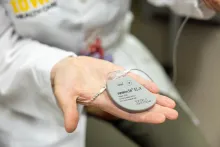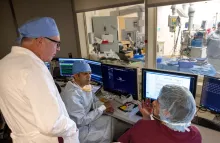Remedē® System
- For all other requests:
- 1-800-777-8442
Central sleep apnea is often a result of other serious medical conditions like heart failure or stroke. Because of this, standard sleep apnea treatment options, such as continuous positive airway pressure (CPAP), are not always recommended for patients with central sleep apnea.
That’s why our experts at University of Iowa Heart and Vascular Center are dedicated to providing the latest treatment options to help reduce symptoms and improve cardiovascular health, regardless of current conditions.
UI Heart and Vascular Center is the only provider in Iowa to offer the Remedē system, an innovative non-mask option to treat moderate to severe central sleep apnea.
Remedē is an implantable, battery-powered device that helps stimulate the phrenic nerve—the nerve in your chest responsible for breathing—so that it can send signals to your diaphragm, allowing for regular, continuous breathing.
Remedē implants are performed in our state-of-the-art cardiac catheterization lab. Our lab uses the latest technologies to provide minimally invasive surgical interventions, improve outcomes, and help you get back to your life faster.
How Remedē treats central sleep apnea
The Remedē device is implanted in the chest by a specially trained cardiac electrophysiologist during a minimally invasive outpatient procedure. The device is placed under the skin in the upper chest. It connects to two small wires that are inserted into the blood vessels near the phrenic nerve.
It will monitor your respiratory signals during sleep and stimulate the nerve to move the diaphragm if your breathing becomes irregular, helping to restore normal breathing patterns. The device works automatically and does not require any additional equipment.
After the device is turned on, most patients see a reduction in the number of sleep apnea events and daytime sleepiness.
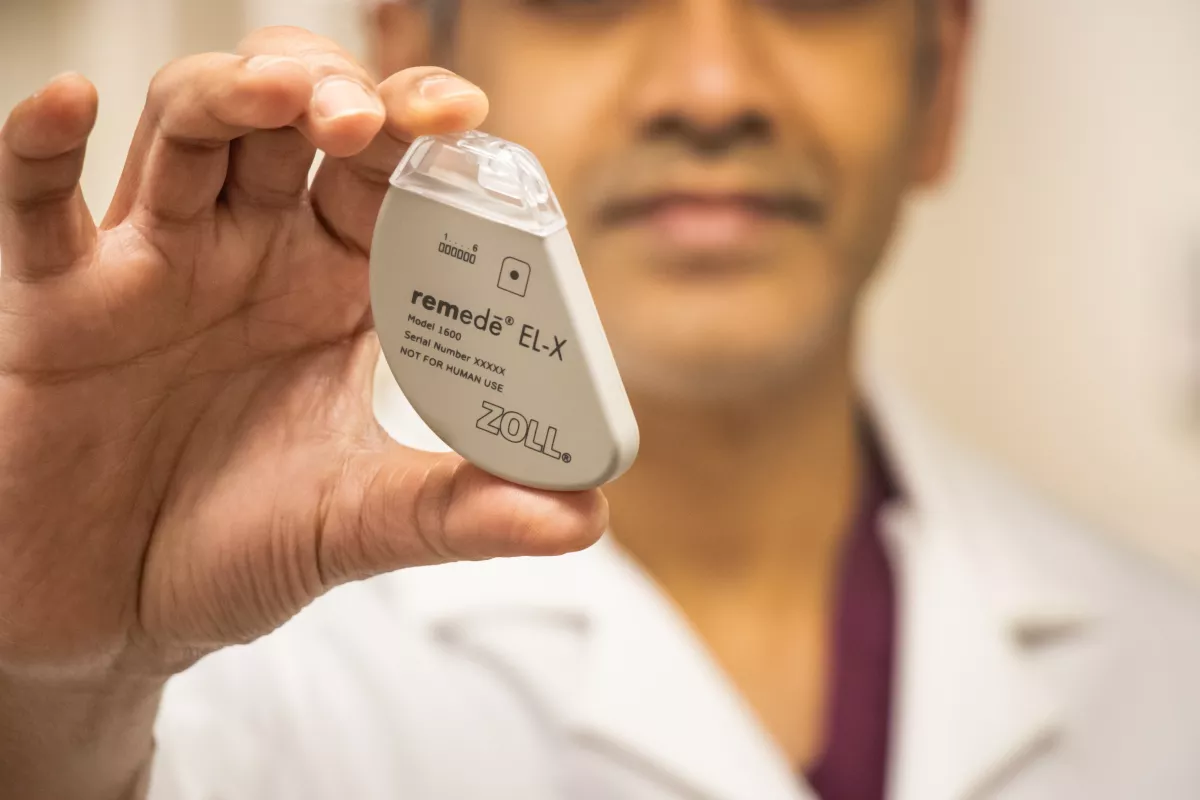
What to expect from treatment
Because Remedē implantation is an outpatient procedure, most patients only need light sedation and can return home the same day. If you have other health conditions, you may be kept overnight for observation.
About a month after implantation, the device will be turned on. During the first three months, you will have scheduled follow-ups with your provider to make sure the device is set up for your individual needs. You will also have periodic check-ins afterward. Most patients adjust to the device during the first three months.
You should be able to return to your normal routine within a week, but you will be asked not to lift your arm above shoulder height for up to three months following the procedure. Also, you will not be able to undergo an MRI (magnetic resonance imaging) scan for three months after the implantation.
Who can benefit from Remedē?
Remedē is approved for adult patients who have been diagnosed with moderate to severe central sleep apnea. If you have not already, you will need to participate in a sleep study to confirm your diagnosis of central sleep apnea.
Once confirmed, you will be referred by the sleep center to a specialist at the UI Heart and Vascular Center, who will discuss your treatment options and whether the Remedē system is right for you.
Our Care Team
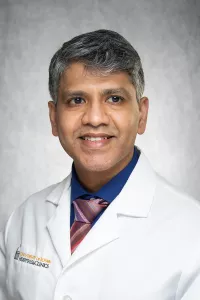



Not sure whether the Remedē system is right for you?
Locations and Offices
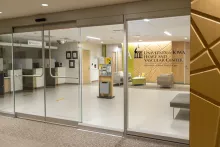
Related Health Topics
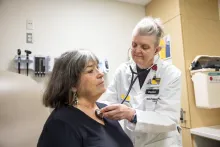
Patient Stories
